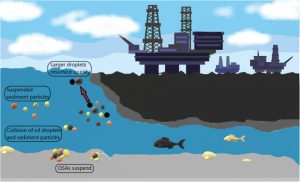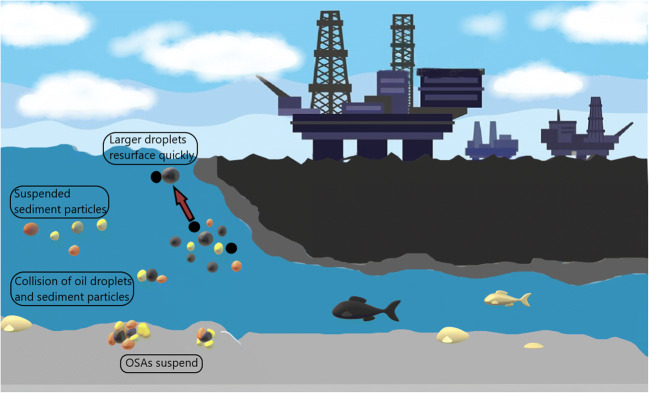By Mehdi Hassanshahian, Nazanin Amirinejad, and Mahla Askarinejad Behzadi
The Persian Gulf consider as the fundamental biological marine condition between the seas. There is a different assortment of marine life forms including corals, wipes, and fish in this marine condition. Mangrove timberlands are found all throughout this sea-going biological system. Sullying of the Persian Gulf to oil-based goods is the principle of danger to this marine condition and this contamination can effectively affect this differing marine condition. Numerous specialists examined the result of oil contamination on Persian Gulf marine creatures including corals sponges, bivalves, and fishes. These analysts affirmed this oil contamination on the Persian Gulf significantly diminished biodiversity. Diverse microorganisms fit to consume oil-based commodities detailed by various scientists from the Persian Gulf and their capacity to the debasement of unrefined petroleum has been examined. There has additionally been little exploration of cyanobacteria, yeast, and unrefined petroleum debasing organisms in this sea-going environment. Biosurfactants are amphipathic molecules that upgrade the disintegration of oil and increment their bioavailability to corrupt microscopic organisms.
Additionally, biosurfactant-producing bacteria were discovered from the Persian Gulf, and the capability to degradation of crude oil in microscale was evaluated. The current review article aims to collect the finding of various researches performed in the Persian Gulf on oil pollution and crude-oil biodegradation. It is expected that by applying biological methods in combination with mechanical and chemical methods, the hazard consequences of crude-oil contamination on this important aquatic ecosystem at the world will be mitigated and a step towards preserving this diverse marine environment.


